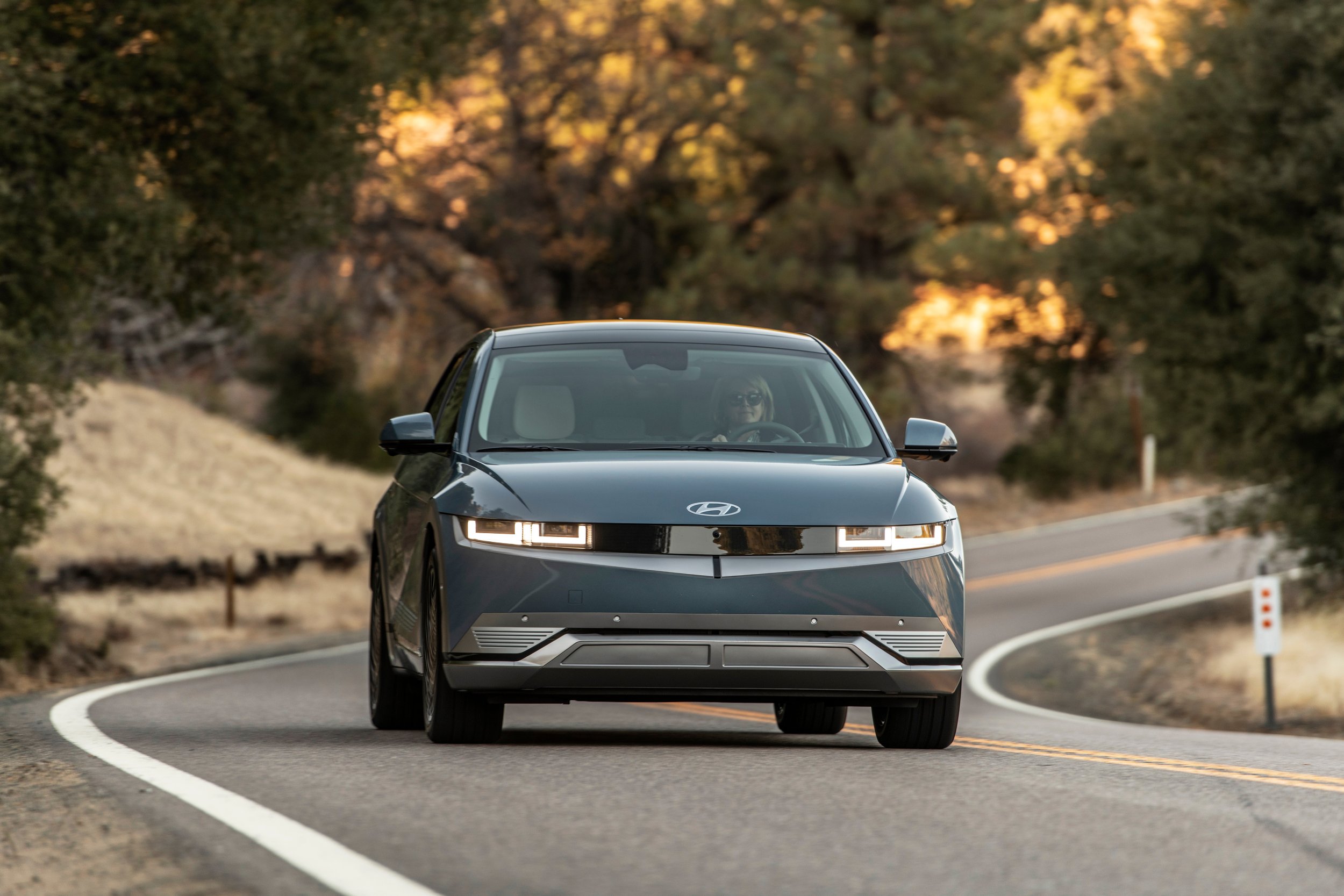EVTOLs – Automakers Latest Flight of Fancy
By Edward A. Sanchez – Jan. 14, 2021
“Flying Cars” have been part of human’s imagination for the better part of a century, and concepts of personal aircraft date back even further than that. But like so many other ideas or inventions, the mass-market adoption of personal aircraft has been hampered by cost, complexity, regulatory constraints, and the maturity of available technology.
The modern concept of a “flying car” was most recently attempted by Terrafugia, which was incorporated in 2006, and made a proof-of-concept prototype in 2009. The company has already begun work on its second-generation PHEV model that they promise will have autonomous capability when it’s scheduled to reach the market in 2023. Terrafugia was purchased by China’s Zhejiang Geely Holding Group (parent company of Volvo Cars) in 2017.
More recently, Hyundai showed off its SA-1 “air taxi” at CES 2020 in collaboration with Uber. Also at CES 2020, Bell Helicopter showed its Nexus4EX hybrid VTOL (Vertical Takeoff and Landing) concept. It seems car companies just can’t let go of their fascination with these flying machines, as GM showed a Cadillac-branded luxury EVTOL (Electric Vertical Takeoff and Landing) at the CES 2021 virtual event, along with an autonomous shuttle (more on that in another post). Details on GM’s concepts were scarce other than broad promises of a “reimagined future.” Not to miss out on the EVTOL mania, Fiat Chrysler (soon to be Stellantis) also showed an EVTOL concept in partnership with California-based Archer, with production targeted for 2023 (that EVTOL is the main image for this story).
At CES 2021, Cadillac unveiled its EVTOL with an accompanying shuttle. (Image courtesy Cadillac)
Although advocates and boosters of EVTOLs like to play them up as all-new concepts, in reality, they’re arguably evolutions of the trend of chartered executive helicopters in the 1980s. Many high-rise buildings in New York, Los Angeles, and other urban centers were built with helipads on the top story to facilitate rooftop takeoffs and landings. Urban helicopter travel has been common in Brazil since the early 2000s, as street traffic congestion in areas such as São Paulo is notorious. Could building-to-building air travel become common once again? If time is money – and to many executives, it is – then this concept could take off, so to speak.
Many hurdles need to be overcome for EVTOLs to become commonplace, chief among them regulatory. Currently, the Federal Aviation Administration, and the European Union Aviation Safety Agency (EASA) are hammering out proposals to try to harmonize regulations between the two markets.
Urban transit advocates may criticize VTOLs for being “elite” transportation available only to those with the budget and resources to afford a $50 trip (based on a NASA-commissioned study). I routinely pay a $35 Uber or Lyft fare, so I could see myself splurging for an air taxi if it gets me straight to my destination quickly and efficiently. The question then becomes how many other people are willing to do the same, and if low-altitude air traffic will allow it.
I am not necessarily opposed to EVTOLs becoming a thing, but frankly I think they’re a side-show in the larger conversation about transportation and making it less resource-intensive and democratized.
(Main image courtesy FCA/Archer)
Follow us on Google News and like us on Facebook








